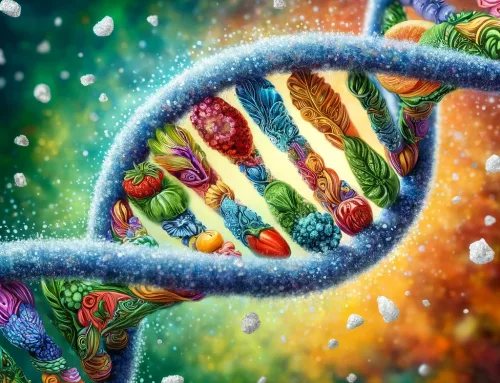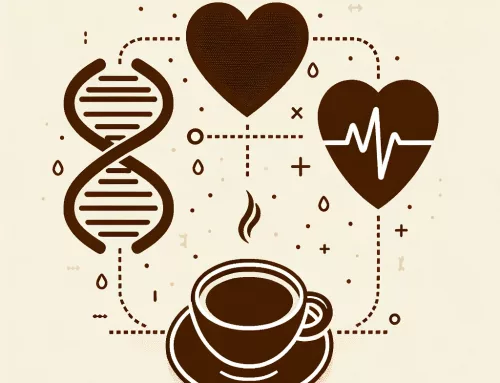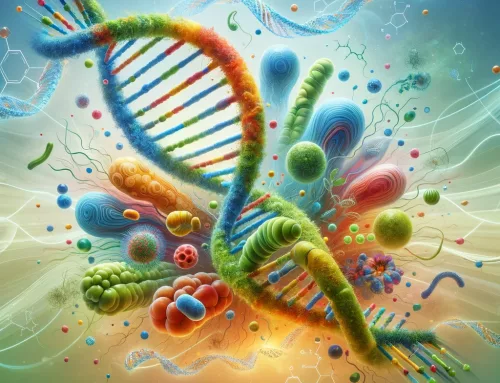Introduction
Meet Jane (a pseudonym for a real person), a determined individual who, like many of us, had a desire to lead a healthier life. Struggling with food portion sizes, unhealthy snacking habits, and the need to shed some excess weight, Jane decided to embark on a journey by taking a nutrition DNA test.
Discovering Her Genetic Make-up
Jane’s motivation to take a nutrition DNA test stemmed from her goal to lose fat around her waist, knowing that her waist circumference put her at a higher risk of type 2 diabetes and heart disease—conditions that her family had a history of. Being aware of the risks, she decided to try a personalised approach to her nutrition.
The DNA test revealed interesting facts about Jane’s genetic makeup. She discovered that she carried the A version of the FTO gene, which indicated that her body’s fat loss response was elevated with a higher protein diet. Furthermore, the test hinted that eating dinner late in the evening might lead to weight gain. To add to these insights, the test also suggested that she could be lactose intolerant.
Small Changes, Big Impact
With her DNA report, Jane was empowered to make manageable adjustments to her diet. She started by incorporating more lean protein and vegetables onto her lunch and dinner plates while reducing the portions of rice and potatoes. This shift allowed her to feel fuller throughout the day, reducing the temptation to snack on unhealthy treats.
Moreover, Jane adopted a new dining schedule, opting to eat her dinner earlier in the evening. By making this simple change, she allowed her body more time to digest before bedtime, aligning with her genetic disposition for better weight management.
Ditching the unhealthy snacks was the next step in Jane’s journey. Instead of reaching for savoury pastries and sweets, she started to snack on small portions of nuts and fruits, providing her body with healthier alternatives that fuelled her with sustained energy. She also started buying lactose free dairy products which helped her with bloating.
Within a few weeks, Jane began to witness the positive effects of her personalised dietary adjustments. She noticed an improvement in her skin health, which had been a long-standing concern. Additionally, she experienced a boost in her energy levels and found that she was no longer experiencing constant hunger pangs.
Jane’s knowledge about her genetic tendencies empowered her to make informed choices when dining out, opting for protein and vegetable-rich options, further supporting her weight loss and well-being goals.
As Jane’s journey continued, her confidence improved. She felt more in tune with her body and its unique needs. The progress she made inspired her to keep striving for a healthier lifestyle, making further changes based on her genetic make-up.
Conclusion
Through small, manageable changes in her diet, Jane harnessed the power of her genetic makeup to start her weight loss and health journey. Remember, every individual is unique, and understanding our genetic predispositions can help us make informed choices about our nutrition and overall well-being.









Leave A Comment